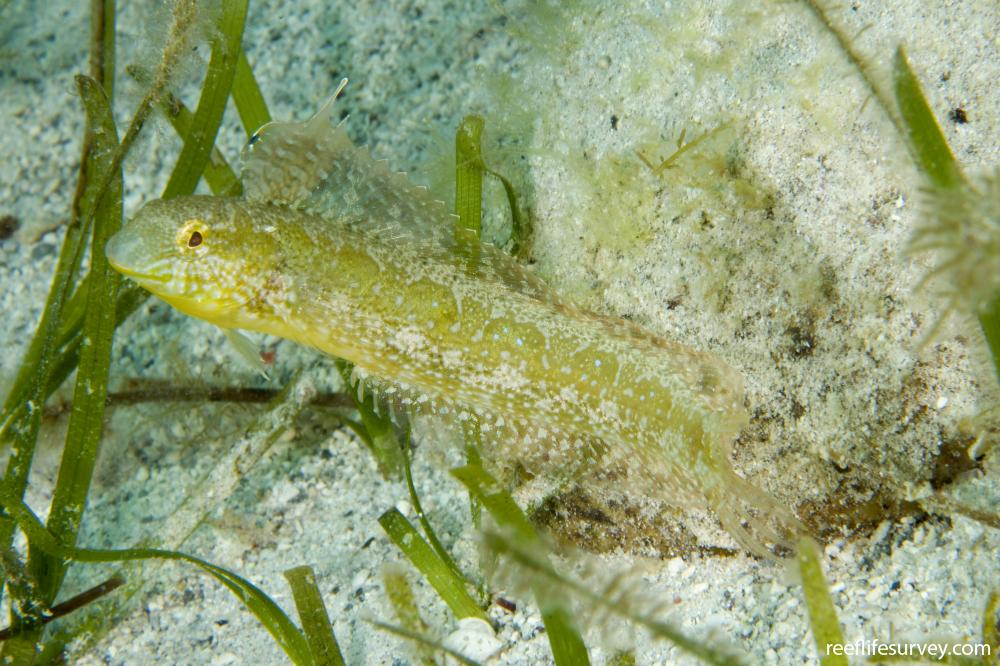Petroscirtes lupus
Brown sabretooth blenny | Southern Sabretooth Blenny | Wolf FangblennySimilar Species
Same Genus
Distribution
Temperate Australasia, Tropical Indo-Pacific
Description
Mottled brown coloration, six to eight dark saddles in the upper region and a dorsal fin with a first spine that projects slightly above the rest.. Typical behaviour of Petroscirtes sabretooth blennies, often hiding in holes, but curiously peering out or perching on objects. It occupies much the same habitat among boulders and debris in estuaries as is used by the Tasmanian blenny further south. Its diet is somewhat unusual among blennies in including large quantities of plant material.
Information
Max Size: 13 cm
Sea Temperature Range: 15.3-24.6°C
Depth: 1-10m
Habitat Generalization Index: N/A
Also referred to as the SGI (Species Generalisation Index), this describes the habitat niche breadth of the species. Species with values less than 15 are found in a relatively narrow range of reef habitat types (specialists), while those over 25 may be found on most hard substrates within their range (generalists). Learn more here.
Conservation and Rarity
IUCN Status: Not Evaluated
Occurrence: Infrequent (7.6% of sites)
Occurrence describes how often the species is found on surveys within its distribution. It is calculated as the % of reef sites surveyed by RLS divers across all the ecoregions in which the species has been observed
Abundance: Few (2 per transect)
Abundance is calculated as the average number of individuals recorded per RLS transect, where present.
Edit by: GJ Edgar. 2008. Australian Marine Life. New Holland, Sydney










